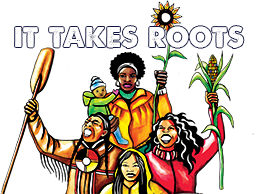A little ways from the People’s Climate Summit is Alternatibas’ Global Village, a pop-up village showcasing alternative solutions to those of #COP21. I asked my room mate who organizes in Harlem, Diane, what she thought of the global village. She paused.
“It’s cute,” she said tepidly.
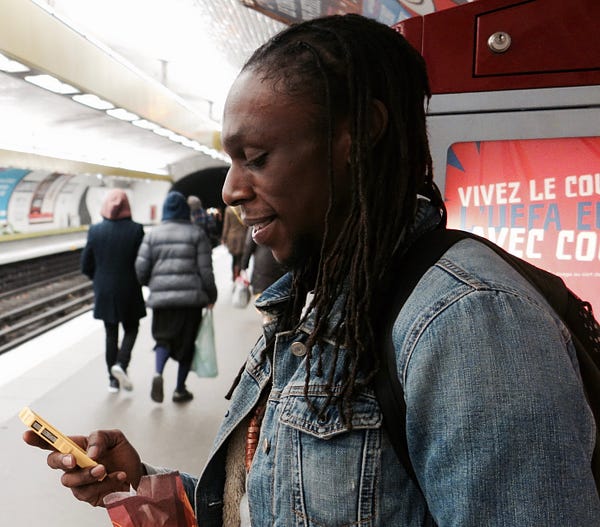
Arts organizer Bryce offered a fuller critique of the space as he saw it. “Maybe I’m missing something culturally, since I don’t know what the revolutionary scene is here, but Alternatibas’ global village doesn’t look like it. It’s hard to see how it’s different than greenwashing.”
Derek chimed in: “It looks like a suburban farmer’s market in the states.”
Since Derek and I are both from Iraq Veterans Against the War, we teamed up to investigate.
First we went down a few streets lined with booths. Climate organizations have materials in French on tables and eager members ready to talk to those who stroll through the streets. Out of the hundreds of booths we observe, three have people of color on their materials or have people of color at the booths themselves. One is a photo gallery of people of color standing in their homes waist deep in water. While moving, it doesn’t show how people of color are the ones in power to move climate change solutions. At this gallery children can toss a ball at pyramid of tin cans that are covered with corporate logos: McDonald’s, Coca-Cola, Monsanto. The two other booths with people of color are African.
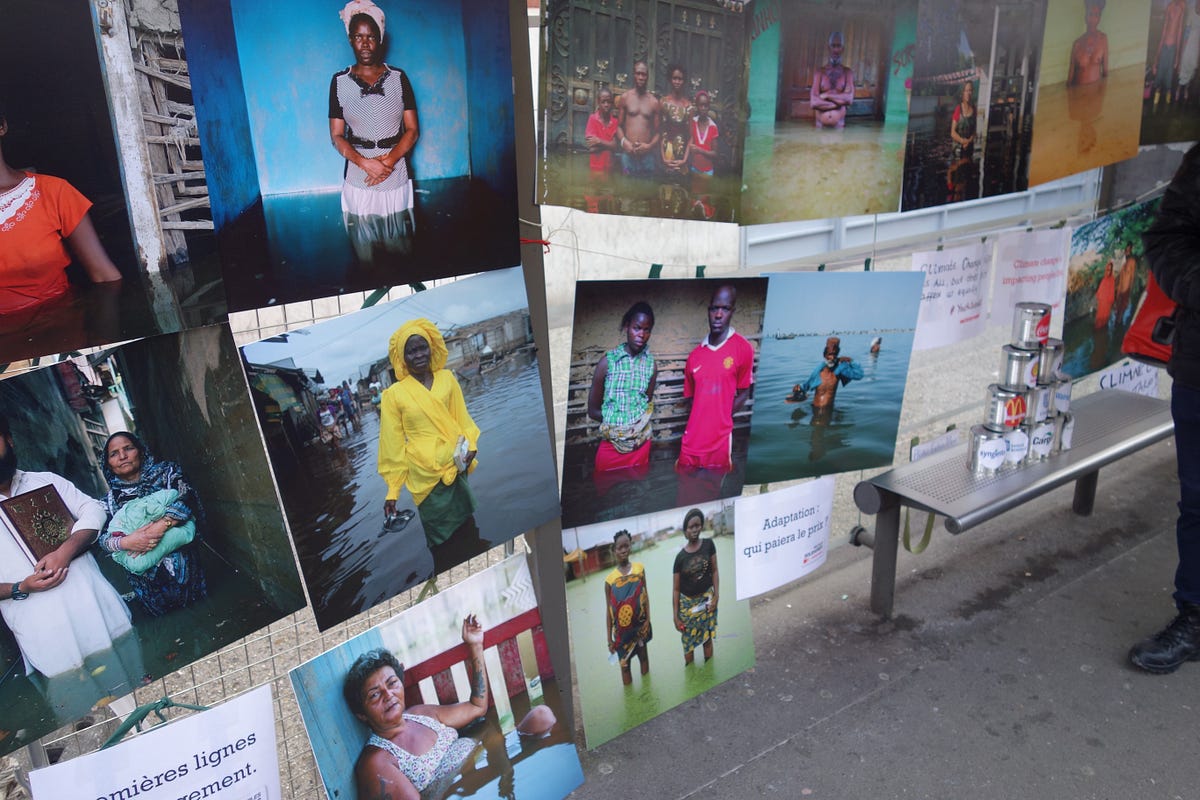
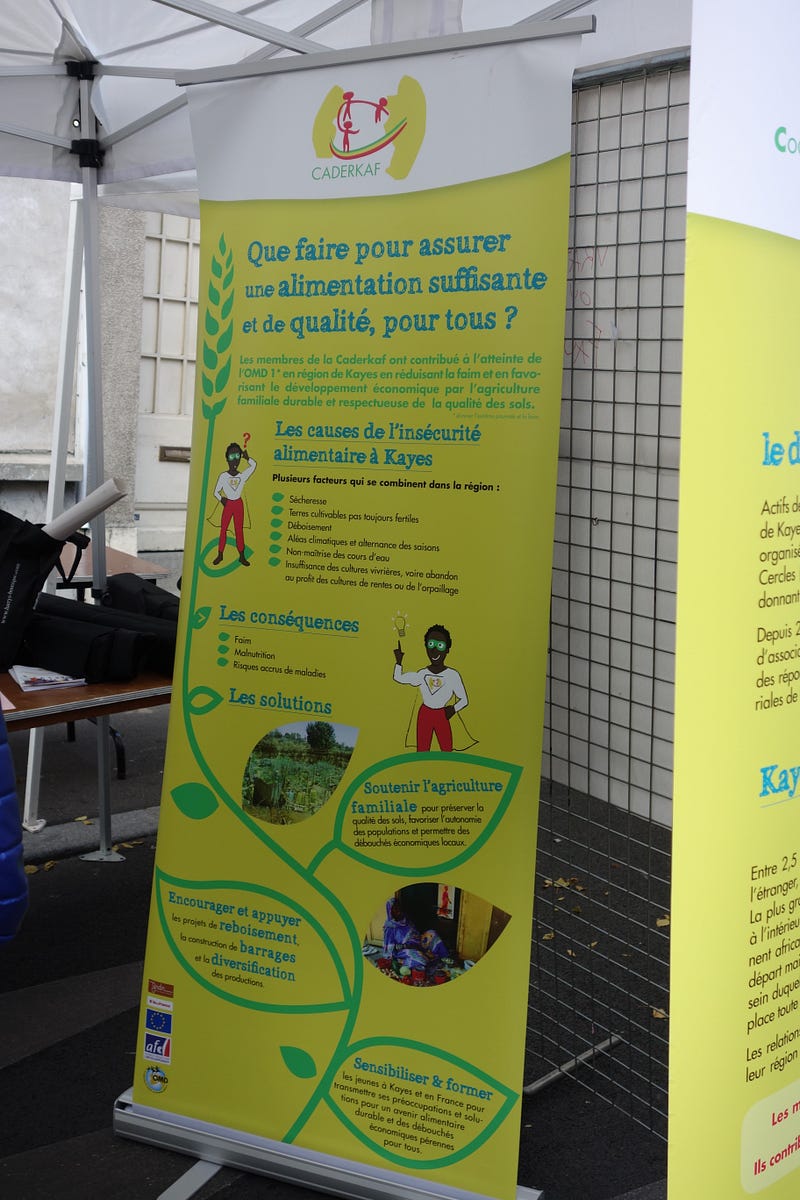
One of the African booths focuses on the issue of food scarcity. It was great because it showed the problem, impact, and solutions. Another booth had African migrants fighting for their rights. We invite them to check out the It Takes Roots events to their great enthusiasm.
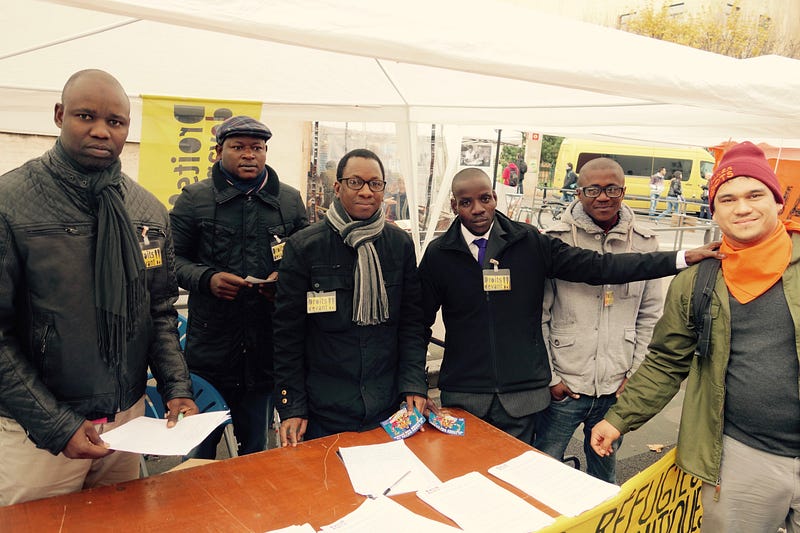
At the end of the booths is a miniature Statue of Liberty. On her tablet it reads “Freedom To Pollute” and she’s surrounded by people of color draped in long cloths. Instead of a torch of light, smoke periodically spews out of her uplifted hand. Then Derek and I entered the park which seemed to be the heart of Alternatiba.
It looks like a vegetarian farmer’s market. Booths sold organic vegetables under a sign about the evils of Monsanto. One booth held a juicing demonstration. Some of the booths were full of artisanal items like essential oils, decorative soaps, and heirloom seeds.
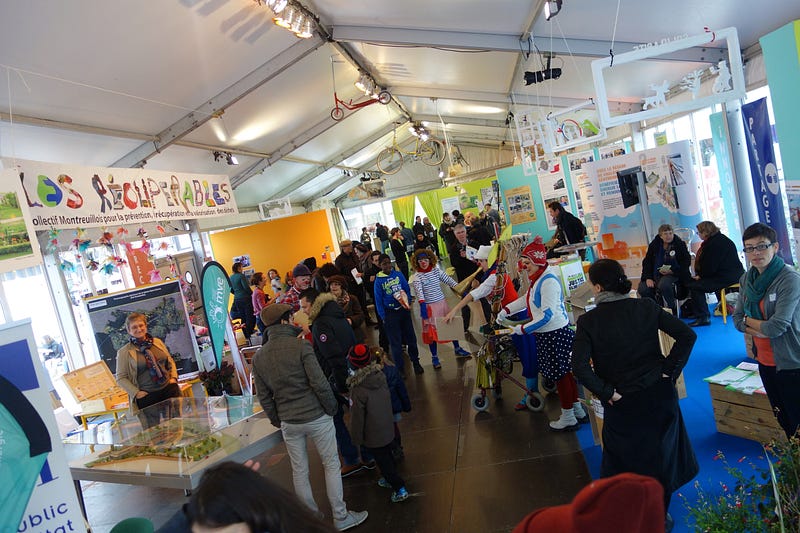
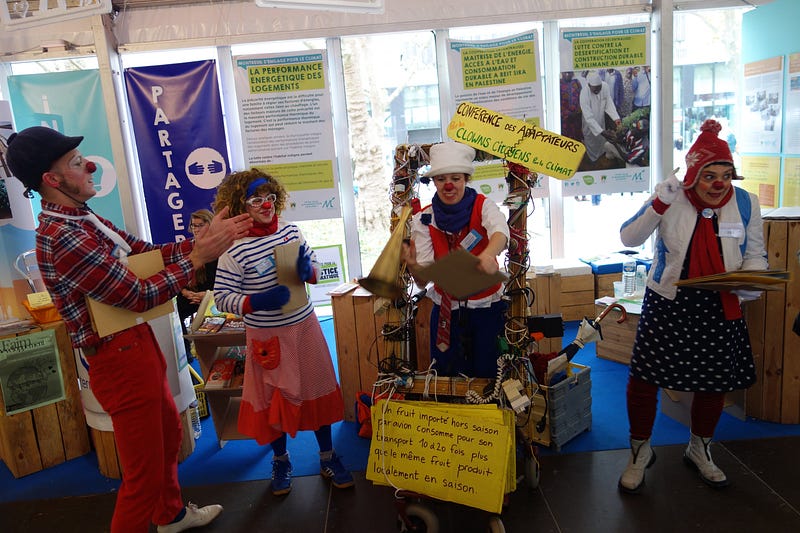
In the center of the park was a structure was a place for families with kids’ crafts and games. Inside, “Climate Clowns” entertained a crowd amidst a backdrop of information about organics, sustainable practices, and the history of the COP21.
In this heart of the global village we didn’t see one person of color running a booth, or anyone talking about the critical intersection of climate exploitation and racism. One group struck the right tone about the environmental crisis, saying revolution was needed in order to save the planet. They were handing out flyers.
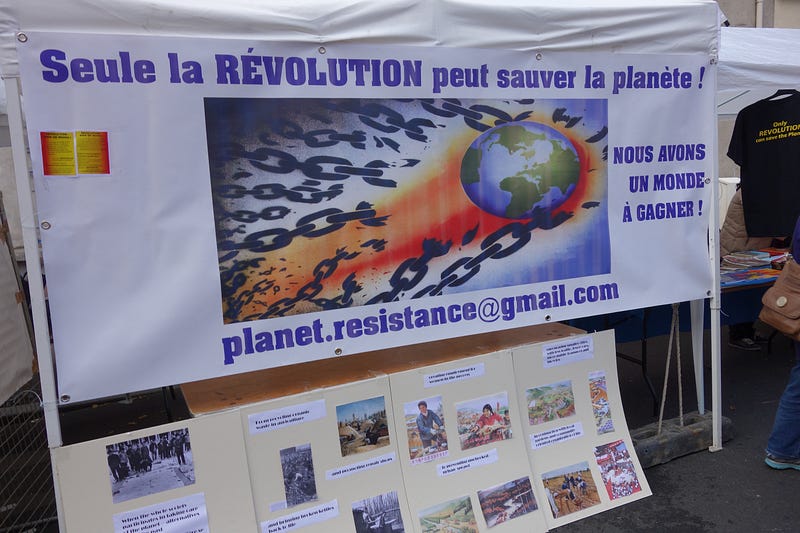
Overall, most of the people in the It Takes Roots delegation felt the global village was a fun diversion but hardly the revolutionary space needed to undertake a systems change. It seemed like typical white liberalism which often tokenizes people of color for its aims and is deliberately classist.
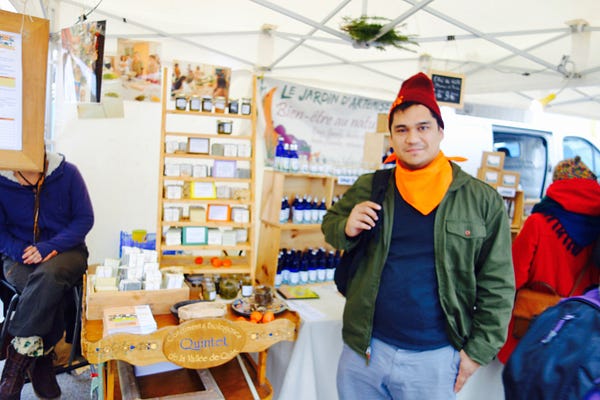
Unless the alternative challenges the root structure of power — the profit made from the exploitation of people of color and the land they live on, it’s not really an alternative. It’s a fad. It fools well-meaning people into thinking that they could save the planet while playing the same old games.
The global village needed to do more about the false solutions presented by the #COP21 corporate sponsors — highlighting the need for our voice as the It Takes Roots Delegation to present revolutionary solutions: keep fossil fuels in the ground, reform our institutions for a just transition from an exploration to regeneration, no war, no warming, and build an economy for the people and the planet.
